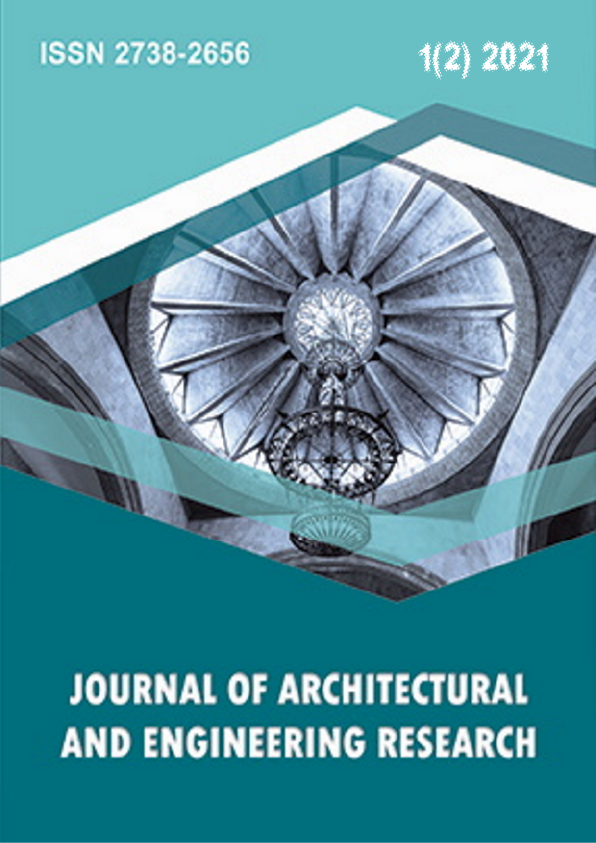The Importance of Historical Stages of Construction Within the Context of Sustainable Urban Development of Hadrut City
DOI:
https://doi.org/10.54338/27382656-2021.1-12Keywords:
urban development stages, historical stages of construction, sustainable development, architectureof residential buildings, Hadrut city, cities of ArtsakhAbstract
Preservation of Artsakh's architectural heritage and the issues of use have acquired a special significance today. The historical stages of the construction of the city of Hadrut in Artsakh, and, as a result of their analysis, their impact on the further sustainable development of the city have been revealed. There are 5 main stages: formation, late Middle Ages, from the 19th century to the first half of the 20th century, Soviet and independence periods. Suggestions are given on the territorial development of the city.
Downloads
References
L.S. Khach’ikyan, ZHE dari hayeren dzerragreri hishatakaranner, mas I (1401-1450). Academy of Sciences of the Armenian SSR, Yerevan, 1955 (in Armenian). http://serials.flib.sci.am/openreader/nyut_hay_jogh_patm_6/book/index.html#page/450/mode/2up
Sh.M. Mkrtchyan, Lerrnayin Gharabaghi patmachartarapetakan hushardzannery. Hayastan, Yerevan, 1985 (in Armenian).
I. Davidbekov, Selo Gadrut Yelisavetpol'skoy gubernii Dzhebrail'skogo uyezda. A Collection of Materials for Describing the Localities and Tribes of the Caucasus, Tiflis, 6, 1888, 153-192 (in Russian).
M․ Barkhudaryan, Arts’akh, Bagu: Aror, 1895 (in Armenian). https://artsakhlib.am/wp-content/uploads/2019/02/Barkhudaryan-Makar-Artsakh.pdf
M.I. Il'ina, Drevneyshie tipy zhilishch narodov Zakavkaz'ya. USSR Academy of Architecture, Moscow, 1946 (in Russian).
S.D. Lisitsian, K izucheniyu armyanskikh krest'yanskikh zhilishch. Erivan, 1925 (in Russian).
L. Mumford, The City in History: Its Origins, Its Transformations, and Its Prospects. Harcourt, Brace & World, New York, 1961.
Downloads
Published
How to Cite
Issue
Section
License
Copyright (c) 2021 Nina Armen Nersesyan

This work is licensed under a Creative Commons Attribution-NonCommercial 4.0 International License.
Creative Commons Attribution-Non-Commercial (CC BY-NC). CC BY-NC allows users to copy and distribute the article, provided this is not done for commercial purposes. The users may adapt – remix, transform, and build upon the material giving appropriate credit, providing a link to the license. The full details of the license are available at https://creativecommons.org/licenses/by-nc/4.0/.













